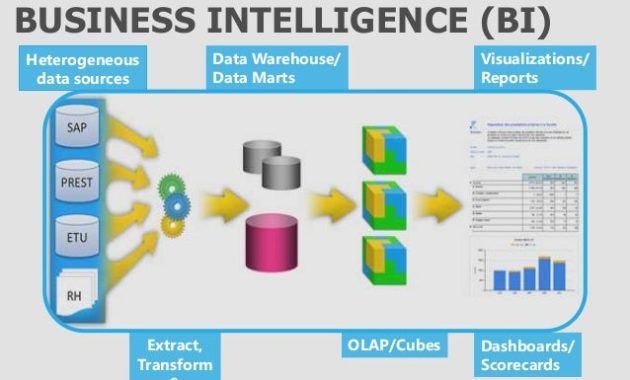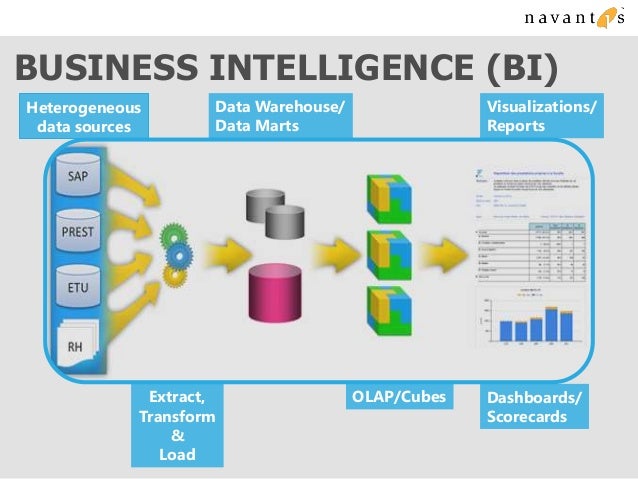
Self-Service Business Intelligence Software: The Dawn of Data Democratization
In today’s data-driven world, the ability to understand and leverage information is paramount. Businesses are swimming in a sea of data, but often struggle to extract meaningful insights. This is where self-service business intelligence software steps in, offering a powerful solution. This type of software empowers users, regardless of their technical expertise, to analyze data and make informed decisions. It’s a paradigm shift, moving the power of data analysis from IT departments to the hands of business users. This democratization of data access is transforming how organizations operate.
Self-service business intelligence software is designed to be intuitive and user-friendly. It allows individuals to explore data, create visualizations, and build dashboards without needing extensive coding skills. This accessibility fosters a data-driven culture, where decisions are based on evidence rather than intuition. The core principle behind this software is to provide clarity. It cuts through the complexity of raw data, presenting it in a way that’s easy to understand and interpret. This article will delve into the benefits, features, and considerations of adopting such software, illuminating how it can transform your business.
The Core Benefits of Self-Service Business Intelligence Software
The advantages of implementing self-service business intelligence software are numerous and far-reaching. These benefits contribute to increased efficiency, improved decision-making, and ultimately, a stronger bottom line. Let’s examine the key advantages:
- Faster Decision Making: By providing immediate access to data and insights, this software accelerates the decision-making process. Users can quickly identify trends, anomalies, and opportunities, enabling them to respond to market changes in real-time.
- Improved Data Literacy: The user-friendly interface encourages users to engage with data. This engagement fosters a deeper understanding of data and its potential. Employees become more proficient in data analysis, making them better decision-makers.
- Reduced Reliance on IT: Traditionally, data analysis relied heavily on IT departments. Self-service business intelligence software alleviates this burden. It allows business users to access and analyze data independently. This frees up IT resources to focus on more strategic initiatives.
- Enhanced Collaboration: Many platforms offer features that facilitate collaboration. Users can easily share dashboards, reports, and insights with colleagues. This collaborative environment promotes better communication and alignment across teams.
- Cost Savings: While there is an initial investment, self-service business intelligence software can ultimately save money. It reduces the need for external consultants. It also streamlines the reporting process, saving time and resources.
Key Features to Look For in Self-Service Business Intelligence Software
Not all self-service business intelligence software is created equal. Selecting the right platform requires careful consideration of your organization’s needs. Here are some essential features to look for:
- Intuitive Interface: The software should be easy to use, with a drag-and-drop interface and clear visualizations. The goal is to empower non-technical users. A steep learning curve will defeat the purpose.
- Data Connectivity: The ability to connect to various data sources is crucial. The platform should support a wide range of databases, cloud services, and file formats. This ensures that you can access all relevant data.
- Data Visualization: Powerful data visualization capabilities are essential. The software should offer a variety of chart types, graphs, and dashboards. This allows users to present data in a clear and compelling way.
- Data Preparation: Data often needs to be cleaned and transformed before analysis. Look for features that allow users to easily cleanse, transform, and model data. This includes features such as data blending.
- Advanced Analytics: Consider whether the software offers advanced analytics capabilities. This includes statistical analysis, predictive modeling, and machine learning. These features can provide deeper insights and help you anticipate future trends.
- Mobile Access: In today’s mobile world, access to data on the go is essential. Ensure the software offers mobile apps or responsive design. This allows users to access reports and dashboards from anywhere.
Implementing Self-Service Business Intelligence Software: A Step-by-Step Guide
Implementing self-service business intelligence software successfully requires a strategic approach. Here is a step-by-step guide to help you through the process:
- Define Your Goals: Before you begin, clearly define your business objectives. What are you hoping to achieve with the software? Identify the key performance indicators (KPIs) you want to track.
- Assess Your Data Sources: Identify all the data sources you need to connect to. This includes databases, spreadsheets, cloud services, and other systems. Make sure the software supports these sources.
- Choose the Right Software: Research and compare different self-service business intelligence software options. Consider features, pricing, and user reviews. Choose the platform that best aligns with your needs.
- Train Your Users: Provide adequate training to your users. This ensures they understand how to use the software effectively. Offer workshops, online tutorials, and ongoing support.
- Pilot Project: Start with a pilot project to test the software and refine your implementation plan. This allows you to identify any issues before a full-scale rollout.
- Rollout and Adoption: Once the pilot project is successful, roll out the software across your organization. Encourage adoption by demonstrating its value and providing ongoing support.
- Monitor and Optimize: Continuously monitor the software’s performance and gather user feedback. Make adjustments as needed to optimize its effectiveness. Regular review is key.
Best Practices for Maximizing the Value of Your Investment
To get the most out of your self-service business intelligence software, consider these best practices:
- Data Governance: Establish clear data governance policies. This ensures data quality and consistency. Define who has access to what data and how it should be used.
- User Training: Provide ongoing training and support to your users. This helps them stay up-to-date with the latest features. It also ensures they can effectively analyze data.
- Data Quality: Prioritize data quality. Cleanse and validate your data regularly. This ensures the accuracy of your insights.
- Collaboration: Encourage collaboration among users. Share dashboards, reports, and insights. This promotes a data-driven culture.
- Regular Review: Regularly review your dashboards and reports. Make sure they are still relevant and providing valuable insights. Adapt as your business needs change.
The Future of Business Intelligence: The Role of Self-Service
The future of business intelligence is undoubtedly self-service. As data volumes continue to grow, the need for accessible and user-friendly analysis tools will increase. Self-service business intelligence software is no longer a luxury; it is a necessity. It empowers businesses to make data-driven decisions. It drives innovation and fosters a culture of continuous improvement. The ability to provide clarity through data analysis is the key. This software will continue to evolve. It will become more intuitive and powerful. It will integrate with other technologies like artificial intelligence. Organizations that embrace this technology will be best positioned for success. They will gain a competitive advantage in the ever-changing business landscape. The power of data is now truly in the hands of the user, transforming how businesses operate.
The core value proposition of self-service business intelligence software is its ability to bring clarity. It takes complex data and transforms it into actionable insights. This enables informed decision-making. It enhances operational efficiency. The software facilitates data-driven strategies.
The core function of such software is the ability to provide users with clarity of data. It empowers users to analyze data. It equips them with the insights needed for success.
The main objective of self-service business intelligence software is to enhance clarity. It ensures that users can easily understand data. This understanding fosters informed decision-making.
Ultimately, the key benefit of self-service business intelligence software is clarity. It provides clear insights. This promotes better decision-making. It drives overall business success. [See also: Related Article Titles]

